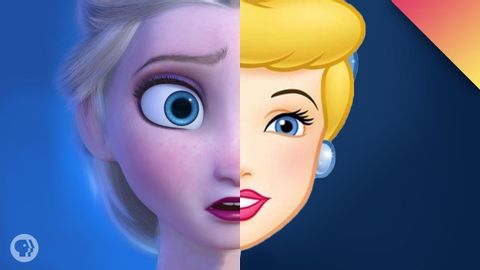なぜディズニープリンセスはみんな子どもっぽくなっていったの?
April Lu が 2021 年 12 月 22 日 に投稿  この条件に一致する単語はありません
この条件に一致する単語はありませんUS /ˈɪnˌstɪŋkt/
・
UK /'ɪnstɪŋkt/
US /ˈtrɪɡɚ/
・
UK /'trɪɡə(r)/
- n.引き金;事を開始する装置;きっかけ;トラウマの引き金;トリガー (電子工学);トリガー (コンピュータ);トリガー (釣り)
- v.t.引き起こす;引き起こす;反射を引き起こす
- v.i.(ある方向へ)徐々に進む : 向かう
- v.t.世話をする : 面倒を見る
- v.t./i.~する傾向がある
エネルギーを使用
すべての単語を解除
発音・解説・フィルター機能を解除
